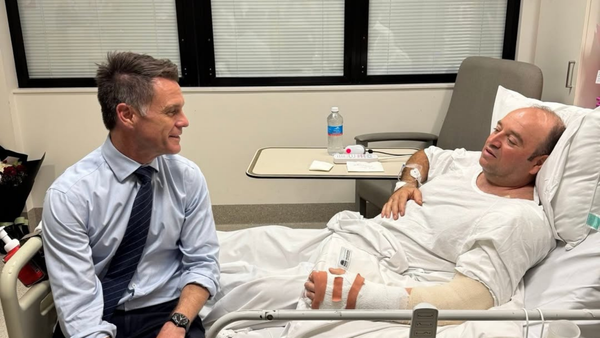
The July Federal Reserve meeting may go down as the most divided in over three decades, as two key board members, Michelle Bowman and Christopher Waller, broke ranks by voting for a rate cut, while Chair Jerome Powell and the majority held rates steady.
- TLT ETF is breaking past resistance. Check the chart here.
But a dismal July jobs report, which saw a massive 258,000 jobs slashed from prior months' figures, has sparked new urgency among central bankers and Wall Street analysts to pull forward rate cuts—even from some of the Fed's most hawkish voices.
Kashkari Turns Dovish: “The Economy Is Slowing”
Minneapolis Fed president Neel Kashkari, long known for supporting tighter policy, told CNBC's Squawk Box on Wednesday that the economic outlook is softening fast.
"The real underlying economy is slowing," Kashkari said. "In the near term, it may become appropriate to start adjusting the federal funds rate."
He signaled that rate cuts could be necessary if current trends continue and cast doubt on the inflationary impact of Trump-era tariffs, noting that their effects may take several quarters to materialize.
"I don't have confidence yet in what the ultimate effects of tariffs are going to be on inflation," Kashkari said. "Tariffs are just such an unknown right now."
Goldman Sachs Sees Economy Near ‘Stall Speed'
Economists at Goldman Sachs echoed Kashkari's concerns, highlighting that job market weakness is being driven by a broader economic slowdown exacerbated by trade frictions.
In a note shared Wednesday, chief economist Jan Hatzius warned that job cuts and revisions are becoming self-reinforcing.
"Friday's jobs numbers reinforced our view that US growth is near stall speed," Hatzius said.
Goldman notes that U.S. real GDP grew just 1.2% annualized in the first half of 2025, nearly a full point below their estimate of potential output. The firm expects similarly weak growth in the second half.
Hatzius attributes the current softness in part to higher tariffs, which are feeding through to slower output, reduced consumer spending, and weaker hiring.
“Real disposable income and consumer spending are likely to grow very slowly, not just because of the weakness in job growth but also because most of the pass-through from tariffs to consumer prices is still ahead of us,” he said.
Goldman Eyes Five Rate Cuts In A Year
Goldman's base case remains for three 25-basis-point rate cuts in September, October and December, followed by two more cuts in the first half of 2026.
However, if the next jobs report shows another uptick in unemployment or a spike in initial claims, a 50-basis-point cut in September could be on the table.
Markets currently price in a 93% probability of a 25-basis-point rate cut in September, with odds of a second cut in October at 61%.
Read now: The Inflation Alarm Is On—And Trump’s Tariffs Are To Blame







